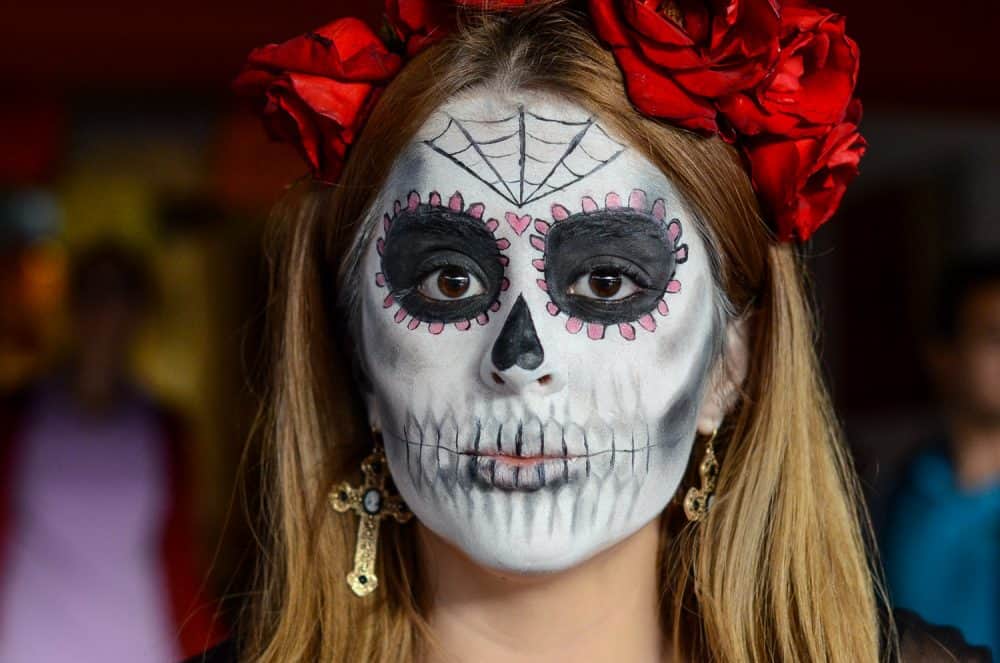
Halloween in Costa Rica: A Look at October 31 Celebrations
Share
If you're planning a trip to Costa Rica and wondering about Halloween, the short answer is that people here mark October 31, but not in the way you might expect from places like the United States. Instead of widespread trick-or-treating or haunted houses, Costa Ricans observe the day through a local tradition called Día de la Mascarada, or Masquerade Day. This event mixes cultural heritage with festive elements, and it happens on the same date as Halloween. Over the years, some American-style parties have popped up, especially in urban areas, but the core remains tied to Costa Rican customs
I dug into this topic to get a full picture. What stands out is how Costa Rica has taken influences from abroad and shaped them into something that reflects its own identity. Let's break it down step by step, from the background to what you can expect if you visit.
The Origins of Día de la Mascarada
Costa Rica's version of October 31 started as an adaptation of Halloween, which arrived through cultural exchanges, media, and tourism. By the early 2000s, people began incorporating costumes and parades, but they tied it to existing folk traditions. In 1997, the government declared October 31 as the National Day of the Masquerade to preserve and promote local crafts and legends. This move turned the day into a celebration of Costa Rican folklore rather than a direct import.
The masquerade tradition draws from indigenous and colonial roots, where masks represent mythical figures like devils, giants, and animals from local stories. Craftspeople hand-make these oversized masks from materials like papier-mâché, often painting them in bright colors. Families and communities pass down the skills, making it a way to keep cultural practices alive. Unlike Halloween's focus on scares and candy, this day emphasizes community gatherings and artistic expression.
In recent decades, as global media spread Halloween imagery, more Costa Ricans have blended the two. For example, kids might dress up as superheroes alongside traditional masks, and some neighborhoods host small events. But it's not a public holiday—schools and businesses stay open, and participation varies by region.
How Costa Ricans Mark the Day
On October 31, the main activity is parades featuring giant masks, music, and dancing. Groups march through streets, accompanied by cimarrona bands playing brass instruments and drums. Participants wear elaborate costumes depicting legends such as La Segua (a ghostly woman) or El Cadejos (a mythical dog). These parades often start in the afternoon or evening, drawing crowds of locals and visitors.
The biggest celebrations happen in specific towns. Cartago hosts one of the largest, with a nighttime event that includes fireworks and street performances. Escazú and Barva de Heredia also put on notable shows, where entire communities join in. In San José, the capital, you might see artistic displays and costume contests in parks or plazas. Families sometimes make their own masks at home, turning it into a creative project.
Beyond parades, costume contests are common. People compete for prizes based on originality and craftsmanship. In some areas, schools organize events where students parade in outfits inspired by national myths. It's a family-friendly affair, with less emphasis on horror and more on fun and heritage.
In recent years, private events have added a modern twist. Bars and clubs in places like San José or beach towns host themed parties with decorations, drinks, and music. For instance, venues like Campo Lago in Lindora have held gatherings with prizes and open bars. Electronic music events, such as those by Electric Animals, draw crowds looking for a night out. These lean more toward American Halloween vibes, with costumes like witches or zombies.
Social media shows a mix of opinions. Some posts highlight excitement for parties, while others note that traditional masquerades take priority over imported customs. One user mentioned seeing Hatsune Miku and Beetlejuice dancing with mascaradas, showing how global pop culture sneaks in.
Weather plays a role too—October often brings rain, so events might shift indoors or get rescheduled. If you're there, check local forecasts and community pages for updates.
Key Differences from Traditional Halloween
To help clarify, here's a comparison table of how October 31 plays out in Costa Rica versus the US:
| Aspect | Costa Rica (Día de la Mascarada) | United States (Halloween) |
|---|---|---|
| Main Focus | Cultural folklore and parades | Trick-or-treating and scares |
| Costumes | Oversized masks of local legends | Varied, often spooky or pop culture |
| Activities | Street marches, music, contests | House-to-house candy collection, parties |
| Food/Drinks | Local snacks like chicharrones | Candy, pumpkins, themed treats |
| Scale | Community-based, varies by town | Nationwide, heavily commercial |
| Origins | Blend of indigenous and colonial | Celtic roots, modern commercialization |
This table draws from common descriptions across sources. It shows how Costa Rica prioritizes heritage over commerce.
Trick-or-treating isn't common here. Kids rarely go door-to-door for candy, though some expat communities or malls might organize similar activities. Instead, the day feels more like a cultural festival. Catholicism influences things too—November 1 is All Saints' Day, and November 2 is Day of the Dead, when families visit cemeteries to honor relatives. This shifts the mood from festive to reflective right after October 31.
Where to Experience It
If you want to join in, head to the Central Valley. Cartago's event starts around 6 p.m., with masks parading through historic streets. In Escazú, look for family-oriented gatherings. For a bigger scene, San José offers parades and sometimes ties in with other festivals, though note that Festival de la Luz is actually in December.
Beach areas like Tamarindo or Jacó might have bar parties aimed at tourists, blending masquerades with Halloween themes. Check event listings on sites like Facebook or local news for specifics. Embassies, including the US one, sometimes host their own events to share traditions.
For a deeper dive, visit museums like the National Museum in San José, which explains the folklore behind the masks year-round.
Tips for Visitors
Plan ahead if you're traveling in late October. Book accommodations early, especially in popular spots. Wear comfortable shoes for walking in parades, and bring rain gear—afternoons can get wet.
Respect local customs. Join the fun, but avoid over-the-top scary outfits that might not fit the cultural tone. If you're with kids, focus on the creative side, like making simple masks.
Safety-wise, stick to well-lit areas during evening events. Costa Rica is generally safe, but like anywhere, use common sense in crowds.
If you're into sports or music, note that October 31 sometimes coincides with other happenings. For example, soccer matches or concerts might overlap, adding to the energy.
Modern Trends and Future Outlook
Halloween influences grow each year, especially among younger people. Social media spreads ideas, leading to more themed events. In 2024, communities expanded celebrations, and 2025 looks similar with lineups for festivals like Oneiro.
Still, the emphasis stays on mascaradas. As tourism rises, visitors help keep the tradition alive by participating. If you're curious, October 31 offers a chance to see Costa Rica's creative side up close.
In summary, Costa Rica does celebrate on October 31, but through Día de la Mascarada, which honors local stories with masks and parades. It's a straightforward way to connect with the culture, whether you're a local or just passing through. If you time your visit right, you'll get a memorable experience that goes beyond typical holidays.
